Pressure and Intensity with G.R.A.S. and AcSoft
Students were joined today by Ian Macfarlane and John Shelton for a series of mini-seminars on measurement microphones and techniques. Ian is Technical Support Manager at AcSoft whilst John is Managing Director of AcSoft and Technical Director of G.R.A.S Sound and Vibration. G.R.A.S. specialise in designing and manufacturing measurement microphones and the associated acoustic equipment. AcSoft is an offshoot and concentrates on wider electroacoustic sensors and analysis software. The demonstrations also introduced the students to software product SoundCheck by Listen.
The sessions started with a brief overview of transducer technologies and the physical properties and limitations of certain designs. John illustrated some of the concepts with great imagination; apparently if the thickness of the back-plate on a condenser microphone were the length of the Titanic, then then the gap between the diaphragm and the back-plate would be the thickness of a bottle of wine! The point being that the tolerances need to be very tight for designing accurate and reliable measurement instruments. The level of detail was excellent as we learned how the physical elements of the instruments create filtering through diffraction and compliance.
Ian introduced us to measuring intensity rather than pressure and how knowledge of particle velocity allows the localisation of noise sources. We were shown Scan and Paint, which videos and tracks the intensity probe as it is moved around an object and is able to produce a 2D or 3D map showing how sounds radiates around the object. This has many applications including designing machines (such as car engines), examining acoustic environments and calibrating or testing electroacoustic devices. It also allows engineers to measure the acoustics impedance of materials without having to isolate them in a lab environment.
The sessions were fascinating with an engaging mix of relevant theory and live demonstrations. Some of the practical considerations – such as dealing with ice or birdsong at measurement positions – was as interesting as learning about the technologies driving the industry. We’re grateful to Ian and John for taking the time to share their considerable experience with us.




